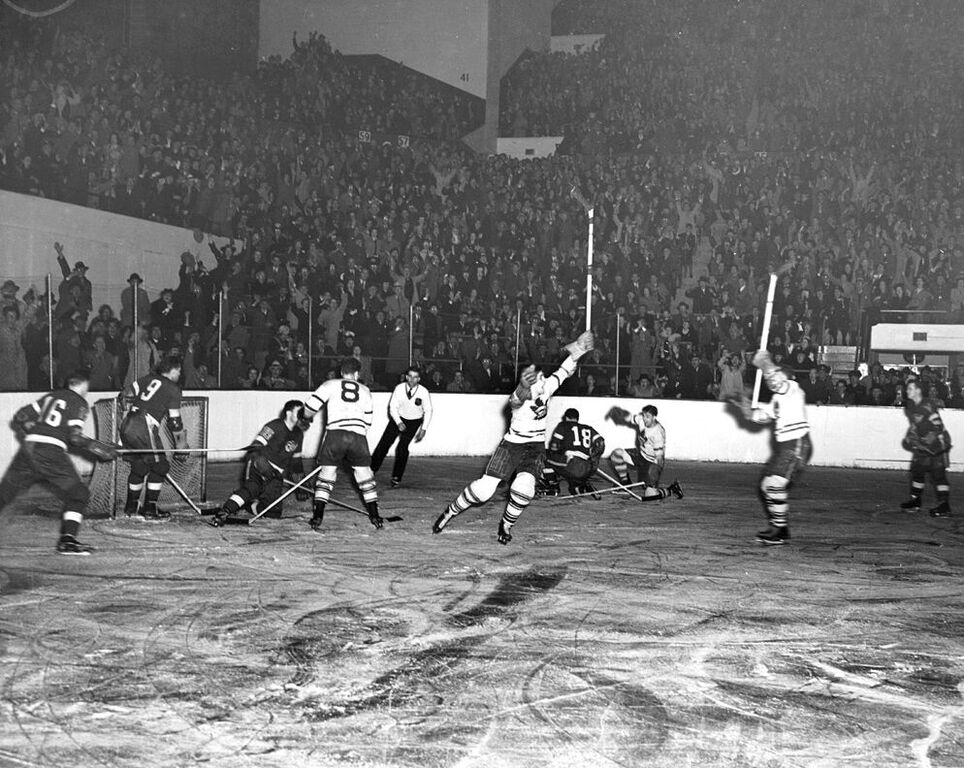
How a league defined a sport and became quintessentially Canadian
By Greg Waldock, Staff Writer
In the beginning, the NHL was a very different place. Toronto had a good team, Vancouver had no team at all, and the Bruins weren’t disliked by everyone outside of Boston. The Stanley Cup wasn’t even the official trophy of the league at that time. It was almost a completely different sport, aside from the whole ice-and-skates thing. However, the remnants of that early league laid the foundations for the NHL today, so it’s important to look back and see where it came from. Though it was founded in 1917, it became the single familiar organization we know today in 1942 with the Original Six era.
The Original Six teams were the Toronto Maple Leafs, the Boston Bruins, the Chicago Blackhawks, the Montreal Canadiens, the Detroit Red Wings, and the New York Rangers. The Canadiens dominated this period early on, winning unprecedented—and some still unbroken—records with staggeringly low losses in 1944 and earning the cup, then just an unofficial trophy for different hockey leagues. The Canadiens owed their many victories largely in part to one of the greatest hockey players who ever lived, Maurice “The Rocket” Richard, a name that is still well-known today.
The Rocket is one of those rare athletes who gets enshrined into the history of their sport, and helps inspire the next generation of talent. He earned his moniker with his incredible speed coupled with an amazing scoring ability. Aside from being one of the most influential hockey players of all time, he was also a significant figure outside of the rink, and contributed to hockey becoming part of the Canadian identity. Richard was a major Francophone figure at a time when anti-French racism played a large role in politics, so when he was suspended from a season for slashing, Montreal fans protested loudly and violently. The Richard Riot was the first major hockey riot and a precursor to a rise in Francophonic pride in Canada. From this point on, hockey would matter beyond just being a sport.
The Stanley Cup was a very different concept back then, too, originally being a sports heirloom owned by the family of governor-general Lord Stanley and donated out to winning teams of various Canadian hockey leagues. In these early years of the Original Six the NHL decided they wanted exclusive rights, engaging in large legal negotiations with the trustees of the cup. In 1947 the NHL gained control of the cup, though a trustee separate from the league takes care of the trophy until their death, a tradition that carries on to this day.
A few years later in the early 1950s, Hockey Night in Canada was established for radio listeners to tune in across the country. The National Hockey League we all know and love today found the last of its basic roots. The Original Six, the first legendary hockey players, the Stanley Cup, and Hockey Night in Canada were all established before 1955 and continue on half a century later. Within a few short years the game had written itself into Canadian history and made itself a permanent part of our national identity and culture.

